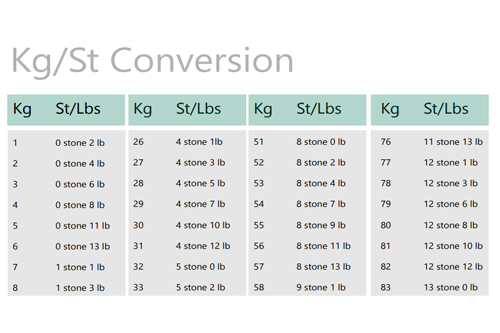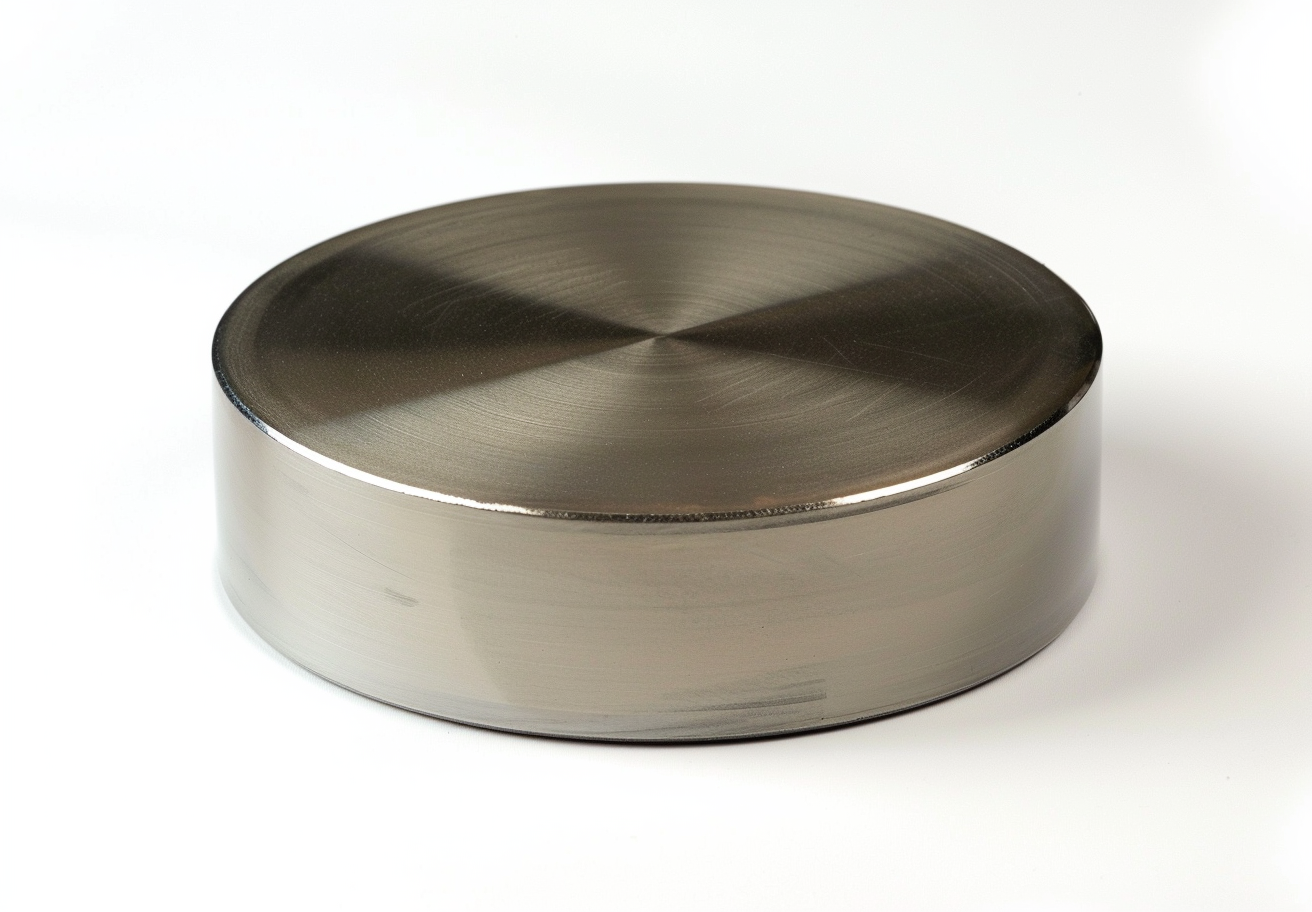Temperature Conversion: Celsius To Fahrenheit
Introduction
Temperature affects nearly everything in our lives—from roasting a flawless piece of meat to predicting tomorrow's forecast or conducting scientific testing. We often deal with temperatures given in both Celsius (°C) and Fahrenheit (°F), and it is necessary to convert between them for precision and safety. Whether reading a recipe from abroad, studying a weather forecast, or operating in a laboratory setting, temperature scales and conversions are critical.
What Temperature Is
Temperature is a measurement of the average energy of motion of particles in a material. Temperature indicates how vigorously the atoms and molecules of an object are moving: more rapid motion equates to higher temperature; more restrained motion indicates lower temperature.
Consider a cup of hot coffee: molecules are moving rapidly, imparting heat to your hand. Ice water contains molecules that move significantly less quickly. Temperature quantifies that motion to enable control, comparison, and prediction of thermal effects in everyday life and science.
How Temperature Is Measured
Temperature can be measured in various ways, depending on the application:
• Thermometers: Use the expansion of liquids (e.g., mercury or alcohol) or solid materials to indicate temperature on a scale.
• Digital Sensors: Measure electrical resistance, voltage, or infrared radiation to produce accurate readings.
• Thermocouples: Two different metals generate a voltage proportional to temperature, widely used in industry and laboratories.
• Infrared Cameras: Measure radiated infrared radiation to map temperature onto surfaces, applied in engineering, electronics, and medical imaging.
Each method provides a snapshot of molecular movement, and knowledge of the scale (Celsius versus Fahrenheit) allows for proper interpretation.
Why Temperature is Important
Temperature is crucial because it directly impacts physical, chemical, and biological processes. Some examples include:
• Cooking: Food safety relies on reaching the appropriate internal temperature. Chicken must reach 74°C / 165°F to eliminate bacteria.
• Science & Engineering: Rates of chemical reactions and material properties often depend on the correct temperature. Hardening steel, for instance, requires heating to precisely 800–900°C (1472–1652°F).
• Weather & Travel: Accurate temperatures ensure appropriate attire, travel, and safety during heatwaves or frosts.
• Healthcare: Body temperature is a significant health indicator; normal is 37°C (98.6°F), while deviations may signal illness.
Temperature is not merely a number—it's a fundamental driver of performance, safety, and comfort across various industries.
Celsius and Fahrenheit Scales
The Celsius and Fahrenheit temperature scales are the most widely used. Celsius, as part of the metric system, is frequently used in scientific contexts and in most countries. Fahrenheit, primarily used in the United States, dominates everyday applications such as weather forecasts and cooking.
Celsius (°C): Based on the freezing point and boiling point of water at 0°C and 100°C, respectively.
Fahrenheit (°F): Defines the freezing point of water at 32°F and the boiling point at 212°F.
Practical Applications
Temperature conversion is necessary in different fields:
• Cooking: Adjusting recipe temperatures according to local readings.
• Travel: Understanding weather patterns in different countries.
• Science and Engineering: Maintaining precise measurements and experiments.
• Healthcare: Understanding body temperature variations across regions.
Temperature Conversion Table
Here’s a Temperature Conversion Table for common temperature scales:
|
Temperature (°C) |
Fahrenheit (°F) |
Kelvin (K) |
Rankine (°R) |
|
-40 |
-40 |
233.15 |
419.67 |
|
-30 |
-22 |
243.15 |
437.67 |
|
-20 |
-4 |
253.15 |
455.67 |
|
-10 |
14 |
263.15 |
471.67 |
|
0 |
32 |
273.15 |
491.67 |
|
10 |
50 |
283.15 |
509.67 |
|
20 |
68 |
293.15 |
527.67 |
|
25 |
77 |
298.15 |
536.67 |
|
30 |
86 |
303.15 |
545.67 |
|
40 |
104 |
313.15 |
563.67 |
|
50 |
122 |
323.15 |
581.67 |
|
60 |
140 |
333.15 |
599.67 |
|
70 |
158 |
343.15 |
617.67 |
|
80 |
176 |
353.15 |
635.67 |
|
90 |
194 |
363.15 |
653.67 |
|
100 |
212 |
373.15 |
671.67 |
Note:
1. Celsius to Fahrenheit:
F=(C×9/5)+32
2. Celsius to Kelvin:
K=C+273.15
3. Celsius to Rankine:
R=(C+273.15)×9/5
For more information, please check Stanford Advanced Materials (SAM).
Frequently Asked Questions
How do I convert Celsius to Fahrenheit?
Multiply the temperature in Celsius by 9/5 and add 32 to obtain Fahrenheit.
How do I convert Fahrenheit to Celsius?
Subtract 32 from the temperature in Fahrenheit and multiply by 5/9 to get Celsius.
Why do Fahrenheit and Celsius scales have different origins?
They were developed independently based on different requirements and historical contexts.
Yes, -40 degrees is the point at which the Celsius and Fahrenheit scales intersect.
Which countries predominantly use the Celsius scale?
Most countries worldwide use Celsius, especially in scientific and international contexts.

 Bars
Bars
 Beads & Spheres
Beads & Spheres
 Bolts & Nuts
Bolts & Nuts
 Crucibles
Crucibles
 Discs
Discs
 Fibers & Fabrics
Fibers & Fabrics
 Films
Films
 Flake
Flake
 Foams
Foams
 Foil
Foil
 Granules
Granules
 Honeycombs
Honeycombs
 Ink
Ink
 Laminate
Laminate
 Lumps
Lumps
 Meshes
Meshes
 Metallised Film
Metallised Film
 Plate
Plate
 Powders
Powders
 Rod
Rod
 Sheets
Sheets
 Single Crystals
Single Crystals
 Sputtering Target
Sputtering Target
 Tubes
Tubes
 Washer
Washer
 Wires
Wires
 Converters & Calculators
Converters & Calculators
 Write for Us
Write for Us
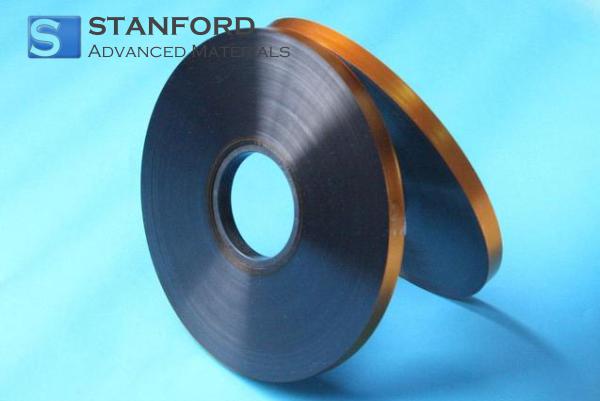
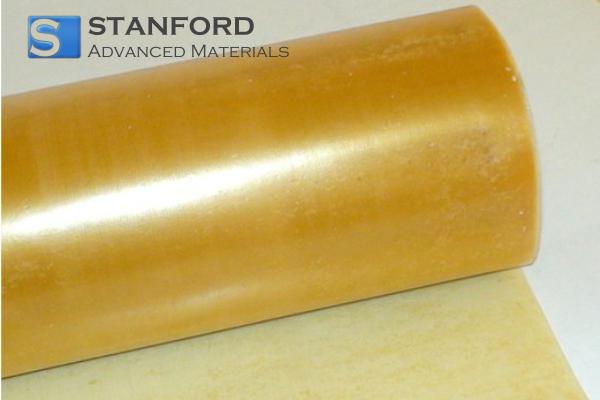
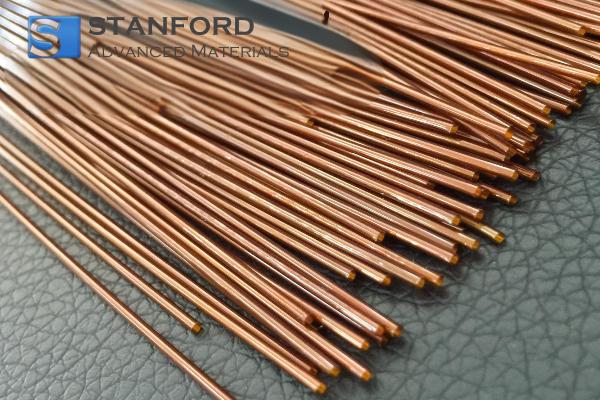
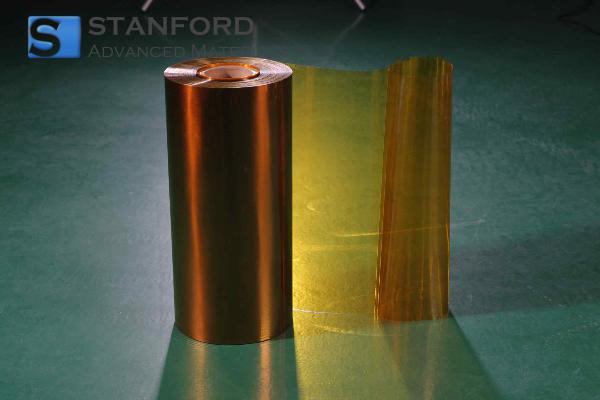
 Chin Trento
Chin Trento

